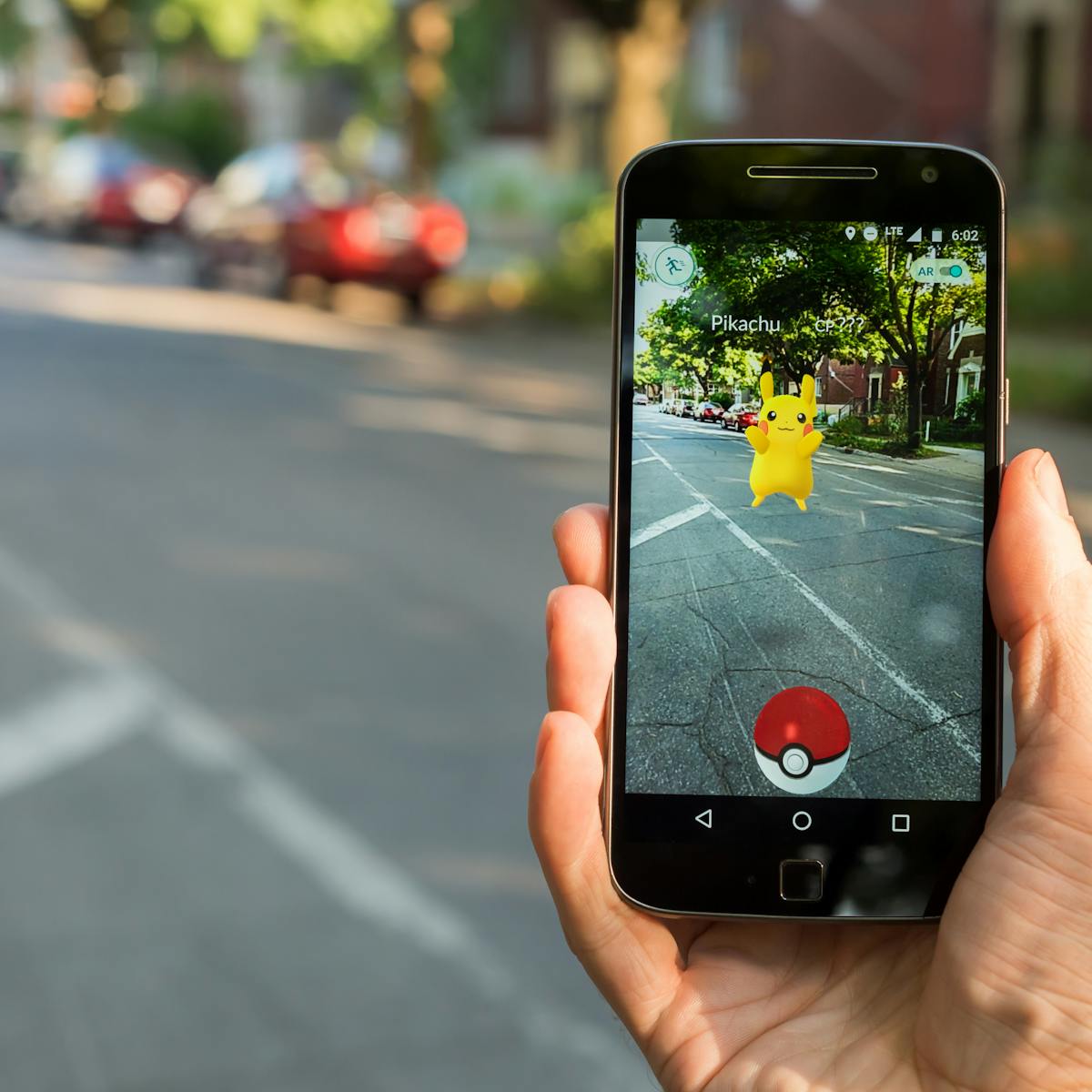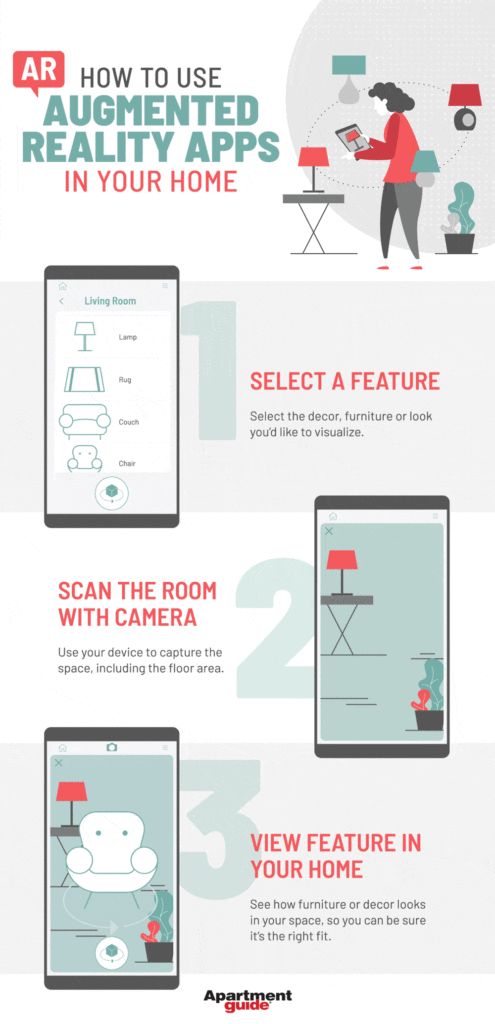Augmented reality has been a buzzword in the tech industry for quite some time now. It has come a long way from being just a concept to becoming a mainstream technology that has found its way into various industries such as gaming, retail, healthcare, and education. Augmented reality, popularly known as AR, is a technology that superimposes digital information onto the real world, thus enhancing the user’s experience. AR technology provides users with a unique and immersive experience that blends the virtual and real world seamlessly.
The potential of augmented reality is limitless, and its future is bright. AR offers a range of benefits, such as enhancing the customer experience by providing interactive and personalized content, improving education by providing a more engaging and immersive learning experience, and aiding healthcare professionals in providing better treatment to patients. In this article, we will explore what augmented reality is, how it works, and the various ways it is being used in different industries. We will also delve into the future of AR and its potential impact on the world as we know it. So, let’s dive in and explore the fascinating world of augmented reality!

What is Augmented Reality?
Augmented Reality (AR) is a technology that superimposes digital information onto the real-world environment. It is a blend of the physical world with the virtual world and allows people to experience the real world in a new and exciting way. AR has the potential to transform the way we interact with the world and can be used in a variety of different ways, from gaming and entertainment to education and training.
How Does Augmented Reality Work?
Augmented Reality uses computer-generated images, audio, and other virtual content to supplement the user’s real-world environment. This content is usually overlaid onto the user’s view of their physical environment, creating an augmented reality experience. The technology uses a combination of hardware and software to create this augmented reality experience.
Camera-Based AR
Camera-based AR uses a device’s camera to detect and track physical objects in the real world. This enables the user to interact with the objects in the environment and can be used for a variety of applications. For example, a camera-based AR system can be used to detect and recognize objects in the environment, allowing the user to interact with them in a unique way.
Marker-Based AR
Marker-based AR uses special markers, such as QR codes or images, to track physical objects in the environment. When the user points their device’s camera at the marker, the device can detect the marker and interact with the associated digital content. This type of AR is often used in gaming and entertainment applications.
Location-Based AR
Location-based AR uses GPS and other technologies to detect the user’s location and display relevant digital content. This type of AR is often used in travel and navigation applications. For example, a location-based AR application could be used to display local restaurants and attractions when the user is in a new city.
Projection-Based AR
Projection-based AR uses a device’s projector to display digital content onto a physical surface. This type of AR is often used in interactive displays and can be used to create immersive experiences. For example, a projection-based AR system could be used to create an interactive display that responds to the user’s movements.
Software-Based AR
Software-based AR uses computer software to augment the user’s experience. This type of AR is often used in educational and training applications. For example, a software-based AR system could be used to teach a user how to assemble a complex piece of machinery.
Hardware-Based AR
Hardware-based AR uses special hardware to augment the user’s experience. This type of AR is often used in industrial and medical applications. For example, a hardware-based AR system could be used to aid a surgeon in performing a complex procedure.
Object Recognition AR
Object recognition AR uses computer vision to detect and recognize objects in the environment. This type of AR is often used in retail and marketing applications. For example, an object recognition AR system could be used to recognize products in a store and provide the user with additional information about the product.
Gesture Recognition AR
Gesture recognition AR uses sensors to detect and recognize user gestures. This type of AR is often used in gaming and entertainment applications. For example, a gesture recognition AR system could be used to detect the user’s hand gestures and translate them into actions in the game.
Voice Recognition AR
Voice recognition AR uses voice recognition technology to detect and recognize user commands. This type of AR is often used in virtual assistant applications. For example, a voice recognition AR system could be used to recognize user commands and respond accordingly.
Frequently Asked Questions
Augmented Reality (AR) is a technology that overlays digital information onto the physical world. It gives users a new way to interact with their devices and the world around them.
What is Augmented Reality?
Augmented Reality (AR) is a technology that overlays digital information onto the physical world. It is a combination of digital and physical elements that enhance our perception of the real world and provide us with a new way to interact with our devices and the environment around us. AR can be used in a variety of different applications, such as gaming, education, advertising, and navigation.
AR uses devices such as smartphones, tablets, and specialized glasses to overlay digital images, text, and even sound onto the physical world. This allows users to interact with their environment in new and exciting ways. For example, a user might be able to see a virtual map of their surroundings, or be able to view 3D images of objects in their environment. The possibilities are endless and the technology is constantly evolving.
How does Augmented Reality work?
Augmented Reality (AR) works by using a device such as a smartphone, tablet, or specialized glasses to overlay digital information onto the physical world. The device uses cameras and sensors to detect the user’s environment, then uses software to overlay digital images, text, and sound onto the physical world. AR can be used in many different applications, such as gaming, navigation, education, and advertising.
For example, a user might be able to view a virtual map of their surroundings using AR, or they might be able to view 3D images of objects in their environment. The user can interact with the digital information by using gestures, voice commands, or a device’s touch screen. The technology is constantly evolving, and the possibilities are endless.
What are the benefits of Augmented Reality?
Augmented Reality (AR) has many benefits, as it can be used for a variety of different applications. AR can make everyday tasks easier and more efficient, as it provides users with more information about their environment. It can also be used to enhance entertainment experiences, such as gaming and virtual reality. AR can also be used to improve the efficiency of industrial processes, such as manufacturing and maintenance.
The technology is also beginning to be used in education, as it can provide students with a more immersive and interactive learning experience. AR can also be used for advertising, as it can provide users with more information about a product or service. Finally, AR can also be used for navigation, as it can provide users with a more detailed view of their surroundings.
What are the challenges of Augmented Reality?
There are several challenges associated with Augmented Reality (AR). One of the main challenges is that it requires more powerful devices to run, such as smartphones, tablets, and specialized glasses. The technology is also expensive, which can limit its use in certain applications. There is also a need for more user education, as many users may not know how to use the technology properly.
Finally, there are privacy and safety concerns associated with the use of AR. The technology can be used to track users and collect data, which could lead to privacy concerns. Additionally, the technology can be used to create false or misleading information, which could lead to safety concerns.
Where is Augmented Reality used?
Augmented Reality (AR) is used in a variety of different applications, such as gaming, education, advertising, and navigation. The technology is being used to enhance entertainment experiences, such as gaming and virtual reality. It is also being used to improve the efficiency of industrial processes, such as manufacturing and maintenance.
AR is also being used in education, as it can provide students with a more immersive and interactive learning experience. Finally, AR is being used for advertising, as it can provide users with more information about a product or service.
In conclusion, augmented reality is a game-changing technology that has revolutionized the way we interact with the world. It has opened up an entirely new realm of possibilities for businesses, educators, and individuals alike. With its ability to merge the physical and digital worlds seamlessly, augmented reality has the potential to enhance our daily lives in ways we never thought possible.
As AR technology continues to evolve and become more accessible, we can expect to see even more advancements and innovations in the near future. From virtual try-ons to interactive educational experiences, the possibilities are endless. It is an exciting time to be alive and witness the birth of a technology that will undoubtedly shape the way we live, work, and play for years to come.



